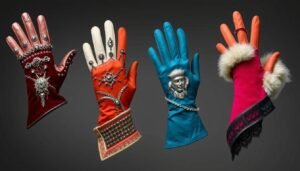Table of Contents
Leather gloves are more than just a luxury; they represent a fusion of craftsmanship, attention to detail, and precise manufacturing processes. Whether used for protection, style, or warmth, leather gloves have long been coveted by consumers all over the world. But have you ever wondered how these finely crafted pieces of accessory are made?
In this article, we will take you behind the scenes of a leather glove manufacturing company to explore the intricate steps involved in crafting leather gloves that meet the highest standards. From the selection of leather to the application of finishing touches, we’ll uncover how these gloves are brought to life.
1. Leather Sourcing and Selection
The process of making leather gloves begins with one of the most important decisions: the type of leather used. Leather selection directly affects the feel, durability, and quality of the final product. Different types of leather bring distinct characteristics to the gloves, and each type is selected based on the desired outcome for the glove.
Types of Leather Used for Gloves
Leather for gloves generally comes from animal hides, primarily cowhide and sheepskin. However, other types such as goat leather and deerskin are also commonly used depending on the type of glove being manufactured.
Cowhide Leather: This is the most popular choice for leather gloves due to its thickness, durability, and versatility. It is used for a wide range of gloves, including driving gloves, fashion gloves, and work gloves. Cowhide leather offers a perfect combination of strength and comfort, making it a preferred choice for everyday wear.
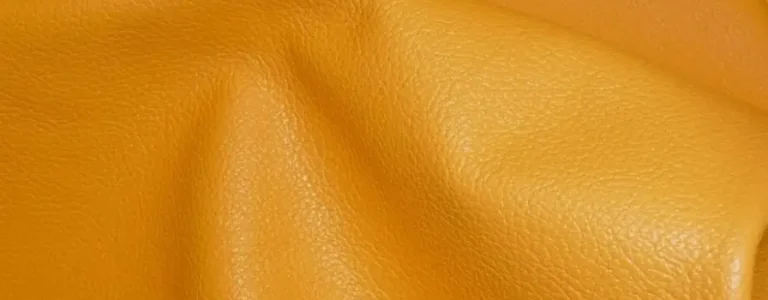
Sheepskin Leather: Known for its softness and flexibility, sheepskin is often used in high-end fashion gloves. It is softer than cowhide and more delicate, making it suitable for gloves intended for formal wear. Sheepskin leather is also more lightweight, which adds to the overall comfort and ease of use, especially for fashion accessories.
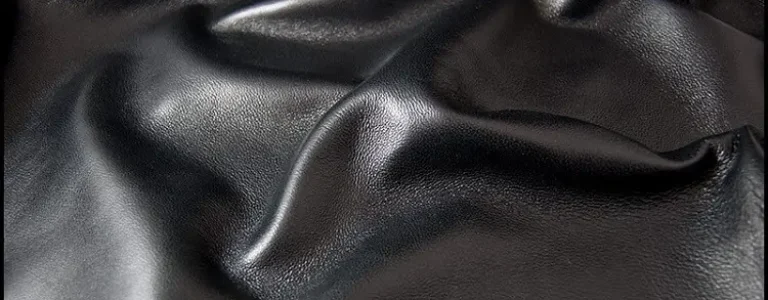
Goat Leather: Goat leather is both soft and durable, offering a smooth texture and flexible feel. This makes it ideal for luxury gloves, particularly those that need a balance of comfort and longevity. Goat leather is also lightweight yet strong enough to endure wear and tear, which makes it an excellent option for gloves that require long-term use.
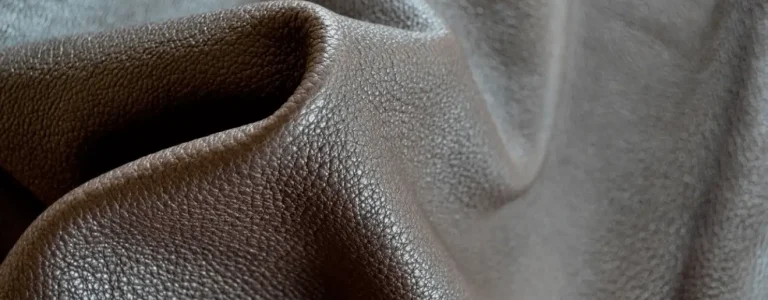
Tanning and Treatment
Once the leather is sourced, the next step is tanning. The tanning process preserves the leather and makes it flexible, durable, and resistant to decay. There are two main types of tanning: vegetable tanning and chrome tanning.
Vegetable Tanning: In this traditional method, plant-based tannins are used to preserve the leather. This results in a natural brown color, and the process is more eco-friendly. Vegetable tanning takes a longer time to complete, but it produces a unique, rustic finish, making it a preferred choice for high-quality, artisanal gloves.
Chrome Tanning: This modern method uses chromium salts to tan the leather quickly. The leather produced is soft, durable, and available in a wide variety of colors. While chrome tanning is faster and more efficient, it is less eco-friendly compared to vegetable tanning due to the use of chemicals.
2. The Patterning and Cutting Process
Once the leather is properly treated and tanned, the next phase in the glove manufacturing process is creating the patterns and cutting the leather. This step is critical for ensuring that each glove fits perfectly and meets the desired design specifications.
Pattern Creation
The patterning process begins with creating the templates that will shape the glove. Patterns can either be created using specialized software or paper templates, depending on the manufacturer’s tools. The templates include all components of the glove, such as the palm, fingers, thumb, and cuff. These parts must be carefully designed to ensure that the glove fits comfortably and functions well for its intended use.
For instance, a driving glove requires flexibility and freedom of movement in the fingers, while a winter glove needs to accommodate lining or insulation. Glove manufacturers design these patterns based on the desired glove style (e.g., casual, sports, or fashion gloves).
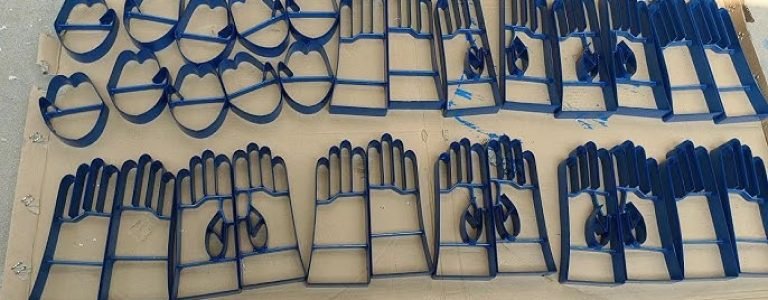
Leather Cutting
After the patterns are created, they are placed onto the leather hides. The leather is then carefully cut according to the pattern’s measurements. This can be done either manually with a knife or through automated cutting machines for high-volume production.
In high-quality leather glove manufacturing, precision is crucial in this step. Even a small deviation in the cut can cause the glove to fit poorly. This is why many manufacturers use computer-controlled cutting machines for precision and consistency. Automated cutting also ensures that every part of the leather is used efficiently, reducing waste and maximizing material usage.
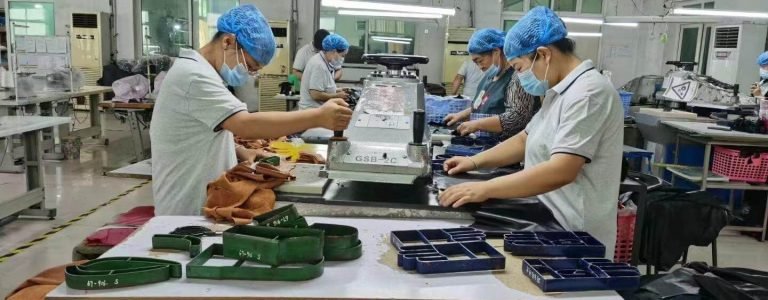
3. Stitching and Assembling the Glove
After the leather pieces are cut, the next phase is stitching and assembling the glove. This is where the glove truly starts to take shape, and the quality of craftsmanship begins to shine through.
Stitching Techniques
Stitching is a key component in glove production, determining both the strength and durability of the glove. Manufacturers use different types of stitches based on the design of the glove.
Single Seam Stitching: For casual and driving gloves, a single seam stitching technique may be used. This type of stitching offers flexibility and a streamlined appearance. The stitches are often done along the side or back of the hand, minimizing the bulk in the glove.
Double Seam Stitching: For winter gloves or work gloves that need added durability, manufacturers often employ double stitching. This provides additional strength, especially in high-stress areas such as the fingers and cuff. Double stitching also adds to the aesthetic appeal, making the glove look more refined.
Some manufacturers also employ hand-stitching for high-end gloves. Hand stitching provides greater precision and is often used in luxury gloves where quality is paramount.
Assembling the Pieces
Once the stitching is complete, the individual parts of the glove are assembled. This process includes stitching the palm to the back, attaching the fingers, and adding the thumb. If the glove has any added features such as insulation, lining, or inner cuffs, they are carefully inserted during the assembly process.
At this stage, the glove is often turned inside out to ensure that all seams are hidden and that the finished product appears sleek and polished. The glove is now almost complete, with the structure in place and all elements carefully aligned.
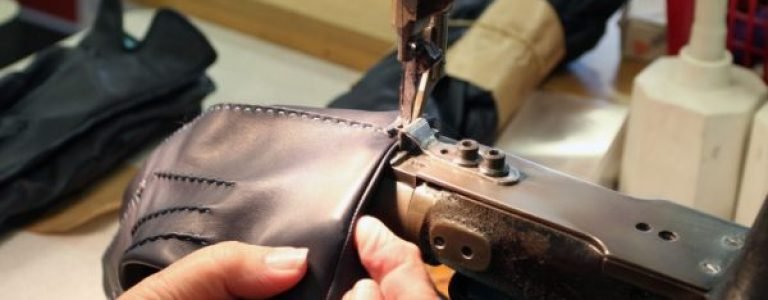
4. Finishing Touches and Quality Control
The final stages of glove manufacturing involve adding finishing touches and ensuring that each glove meets the brand’s quality standards. These final touches are what truly elevate a leather glove from a functional item to a luxury accessory.
Applying Color and Texture
After the gloves are assembled, they often undergo a dyeing process. The leather can be dyed in a variety of colors, depending on the customer’s preference or the season’s trends. Common colors for leather gloves include black, brown, beige, and even brighter shades for fashion gloves.
Once dyed, the leather may be treated with a process called burnishing. Burnishing smooths out any rough edges and adds a natural sheen to the leather, giving the glove a polished and sophisticated appearance.
Some gloves may also feature embossing or embroidery to enhance their visual appeal. Logos, patterns, or decorative stitching can be added to elevate the glove’s style, making it even more unique.
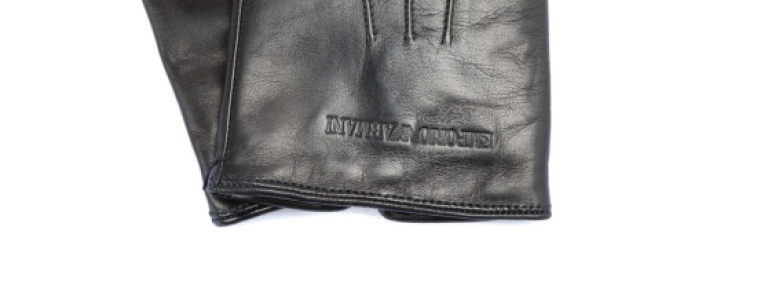
Quality Control and Inspection
Before the gloves are packaged and shipped, they undergo a comprehensive quality control process. Every pair of gloves is carefully inspected for defects such as uneven stitching, leather imperfections, or incorrect sizing. This step ensures that only top-quality gloves make it to the consumer.
Gloves that fail quality control standards are either repaired or discarded. This stringent inspection process is crucial to maintaining the high standards expected of leather glove manufacturers.
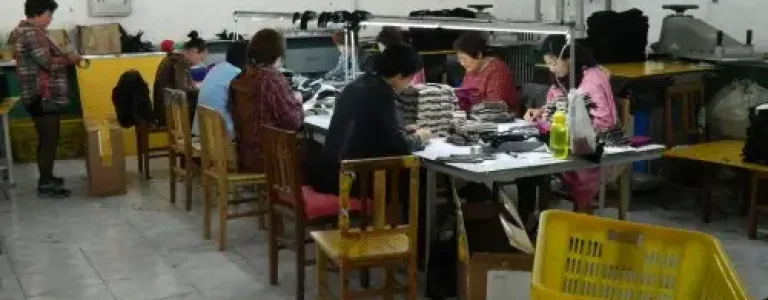
5. Modern Technological Integration in Glove Manufacturing
In recent years, technology has made its way into glove manufacturing, helping streamline production processes and create innovative designs.
Touchscreen-Compatible Gloves
With the rise of smartphones and tablets, one of the most popular advancements in glove manufacturing is the creation of touchscreen-compatible gloves. By integrating conductive materials, such as silver or copper threads, into the fingertips of the gloves, manufacturers can enable wearers to use their touchscreens without having to remove their gloves. This innovation has made leather gloves even more practical and versatile, particularly in cold weather.
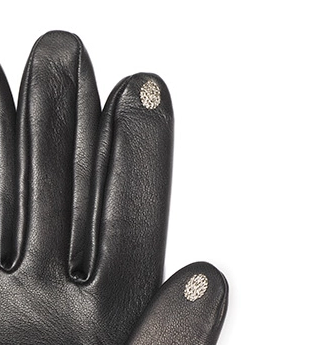
Smart Gloves
Another cutting-edge development is the creation of “smart gloves.” These gloves are embedded with sensors that can track a wearer’s body temperature, hand movements, or other health metrics. They can sync with apps on smartphones or other devices, providing real-time data for athletes, healthcare workers, or industrial professionals. These smart gloves open up new possibilities in fields such as sports, healthcare, and technology.
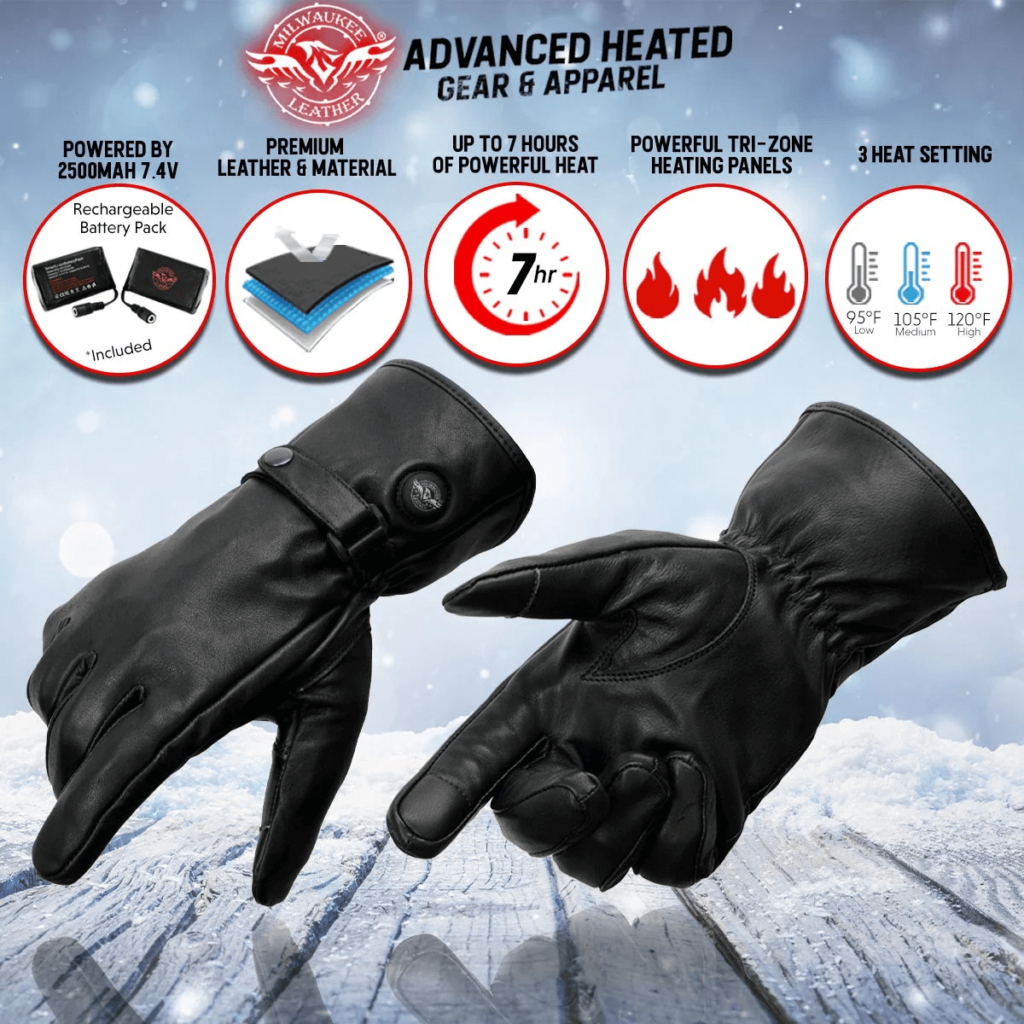
6. The Role of Sustainability in Leather Glove Manufacturing
As consumers become more environmentally conscious, sustainability has become a key factor in leather glove production. Many manufacturers are now adopting eco-friendly practices to reduce their environmental impact.
Ethical Leather Sourcing
One of the primary ways leather glove manufacturers are becoming more sustainable is by sourcing their leather ethically. This means working with tanneries that employ responsible methods, such as vegetable tanning or using cruelty-free leather. Ethical sourcing ensures that the leather used is not only of the highest quality but also produced in a manner that aligns with environmental and social responsibility standards.
Recycling and Repurposing
Many manufacturers are also adopting recycling practices. Leather scraps and offcuts from the production process are repurposed into smaller products, reducing waste and promoting a circular economy. Some companies are using eco-friendly dyes and finishes that are less harmful to the environment, making the entire production process more sustainable.
Conclusion: The Craft of Leather Glove Manufacturing
Leather glove manufacturing is an intricate process that combines traditional craftsmanship with modern technology. From selecting the leather to stitching and adding the finishing touches, each step plays an essential role in producing high-quality gloves that are both functional and stylish. As technology continues to advance, the industry is evolving, introducing innovations such as touchscreen-compatible and smart gloves. Moreover, with the increasing demand for sustainability, manufacturers are increasingly focused on sourcing ethical leather and minimizing their environmental footprint.
In the world of leather gloves, craftsmanship, innovation, and sustainability work together to ensure that every glove produced is a masterpiece in its own right. Whether for fashion, function, or protection, leather gloves remain a timeless accessory that continues to evolve with the times.
Frequently Asked Questions (FAQs)
1. What type of leather is best for gloves?
The best leather for gloves depends on the purpose of the gloves. For durability, cowhide is commonly used, while sheepskin is preferred for its softness and luxury. Goat leather offers a great balance between strength and comfort.
2. How long do leather gloves typically last?
The lifespan of leather gloves depends on how well they are cared for. With proper maintenance, high-quality leather gloves can last many years, sometimes even decades.
3. Can leather gloves be washed?
Leather gloves should not be machine washed. Instead, they should be cleaned using specialized leather cleaners or a soft cloth. Regular conditioning will help maintain their softness and prevent cracking.
4. How can I make my leather gloves last longer?
To extend the life of your leather gloves, avoid exposing them to direct heat or moisture. Clean them regularly, store them properly, and apply leather conditioner to keep the material supple.
5. Are leather gloves good for winter?
Yes, leather gloves can be very effective in winter, especially when lined with materials such as wool or fleece for added warmth. They also provide a good balance between warmth and flexibility.



